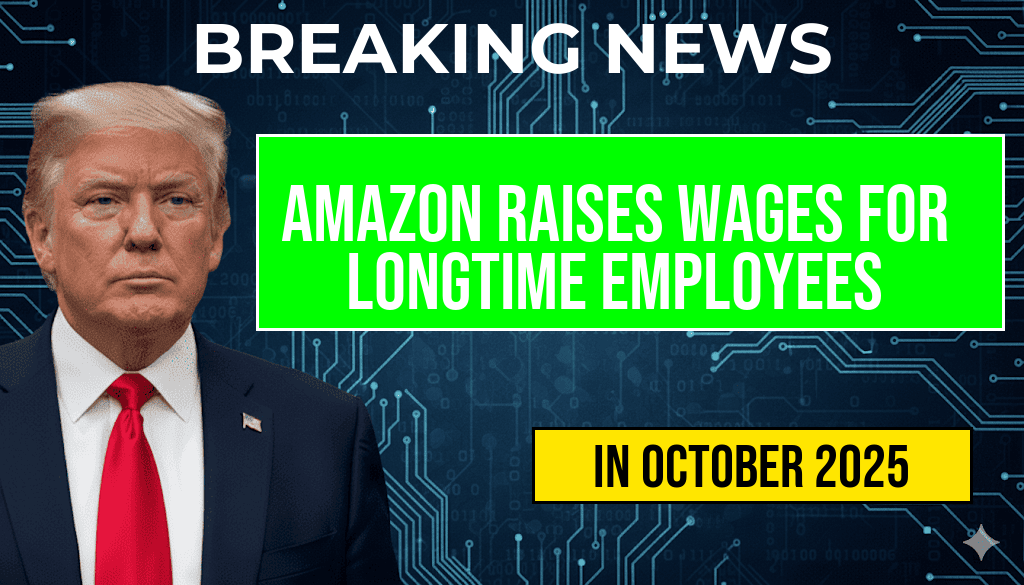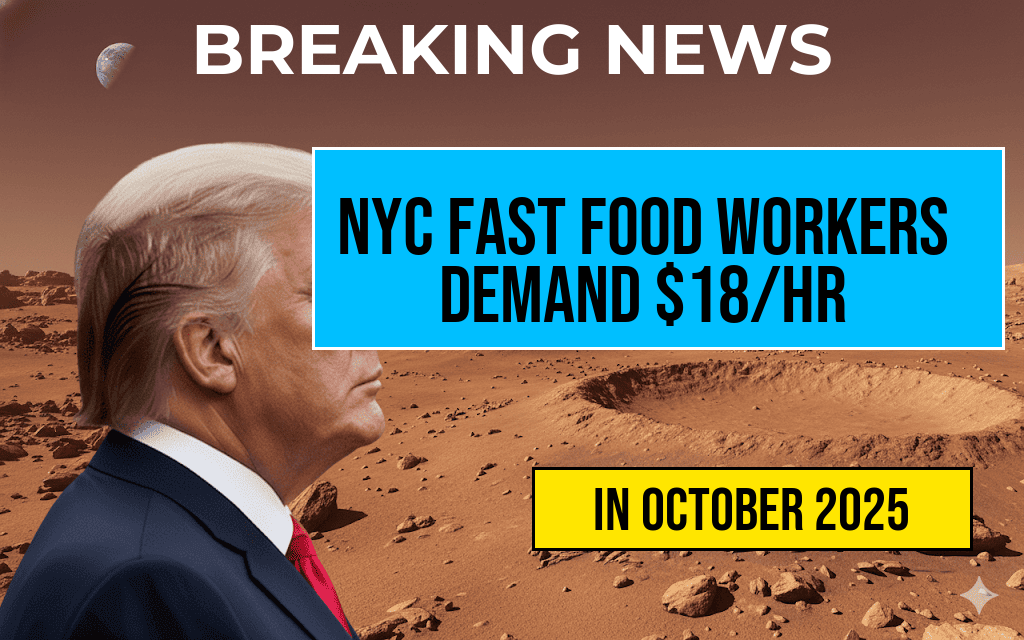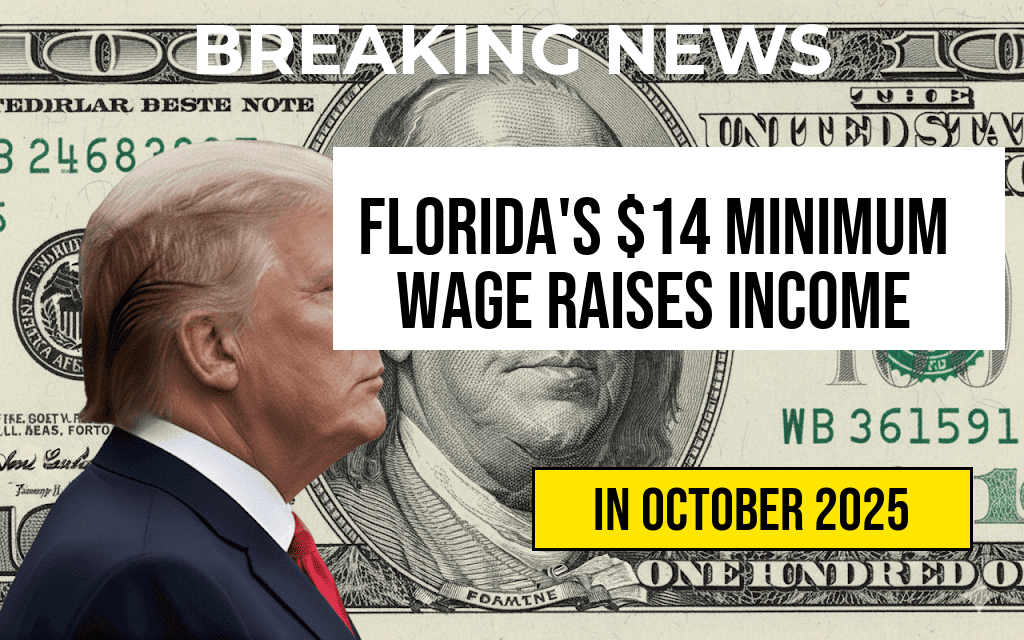Amazon’s recent $1 billion investment in its fulfillment network has resulted in a notable increase in wages for its warehouse employees, pushing the average pay for fulfillment workers to over $23 per hour. This substantial financial commitment aims to improve working conditions amidst ongoing labor disputes and rising operational costs. The move reflects Amazon’s recognition of the importance of attracting and retaining a skilled workforce in a highly competitive logistics industry. With the company’s fulfillment centers spanning across the United States, the wage hike impacts thousands of employees, marking a significant shift in the company’s approach to employee compensation and labor relations.
Expanding Investment and Its Impact on Wages
Details of the Investment
Amazon announced that the $1 billion investment would be directed toward upgrading its fulfillment infrastructure, including automation technologies, safety measures, and worker amenities. A key component of this plan involves increasing wages to stay competitive with other major logistics firms and to address the broader labor market shortages.
According to Amazon spokespersons, the wage increase is part of a broader strategy to improve employee satisfaction and reduce turnover rates. As labor shortages persist nationwide, especially in warehouse roles, Amazon’s latest move aims to secure a more stable and motivated workforce.
Wage Trends and Industry Comparison
| Company | Average Hourly Wage | Notes |
|---|---|---|
| Amazon | $23.15 | Post-increase for fulfillment workers |
| FedEx | $22.00 | Average for package handlers |
| UPS | $25.50 | Package sorters and drivers |
| Walmart | $18.50 | Warehouse associates |
Compared to the broader logistics industry, Amazon’s new average wage positions it as a competitive employer, with some roles surpassing industry averages. These wages include base pay, bonuses, and other incentives designed to attract and retain workers.
Worker Response and Industry Implications
Employee Perspectives
Fulfillment workers have welcomed the wage hikes, citing improved financial stability and morale. Many employees report that the pay increase, combined with enhanced safety protocols and new benefits, has made their roles more sustainable amid ongoing labor challenges.
“It’s encouraging to see Amazon recognize our contributions with better wages,” said a warehouse associate in Georgia. “It makes a difference in how we view our work and our future here.”
Broader Industry and Economic Effects
Amazon’s move could influence wage standards across the logistics sector. As other competitors face similar staffing shortages and seek to reduce turnover, they may also consider raising wages or improving benefits. This trend underscores a shifting landscape where employee compensation is becoming a key factor in operational stability.
Economists observe that such wage increases may contribute to inflationary pressures in the short term but could also foster more sustainable employment practices in the long run. According to labor market experts, companies investing heavily in workforce compensation often see benefits in productivity and employee loyalty.
Operational and Strategic Considerations
Automation and Labor Costs
While Amazon continues to expand its automation efforts, the company emphasizes that human workers remain central to its fulfillment operations. The added investment aims to balance technology integration with fair compensation practices, ensuring operational resilience and workforce satisfaction.
Future Outlook
Industry analysts predict that Amazon’s commitment to increasing wages signals a broader shift among major retailers and logistics providers. As labor costs rise, companies may need to reassess their business models to sustain profitability while maintaining competitive pay scales.
For more insights into Amazon’s logistics strategies and labor policies, visit Wikipedia’s Amazon entry or Forbes coverage.
Frequently Asked Questions
What is the main purpose of Amazon’s one billion dollar investment?
Amazon’s one billion dollar investment is aimed at boosting fulfillment workers’ pay and improving working conditions across its fulfillment centers.
How has the investment impacted the average pay of Amazon fulfillment workers?
The investment has increased the average pay for fulfillment workers to over twenty-three dollars per hour.
Which areas or departments are most affected by this pay increase?
The pay increase primarily benefits fulfillment center employees involved in packing, shipping, and warehouse operations.
Are there any other benefits included in Amazon’s investment besides pay raises?
Yes, the investment also supports improvements in working conditions, employee training, and benefits programs.
What is Amazon’s long-term goal with this financial commitment?
Amazon aims to attract and retain skilled fulfillment workers by offering competitive wages and enhancing workplace quality.









